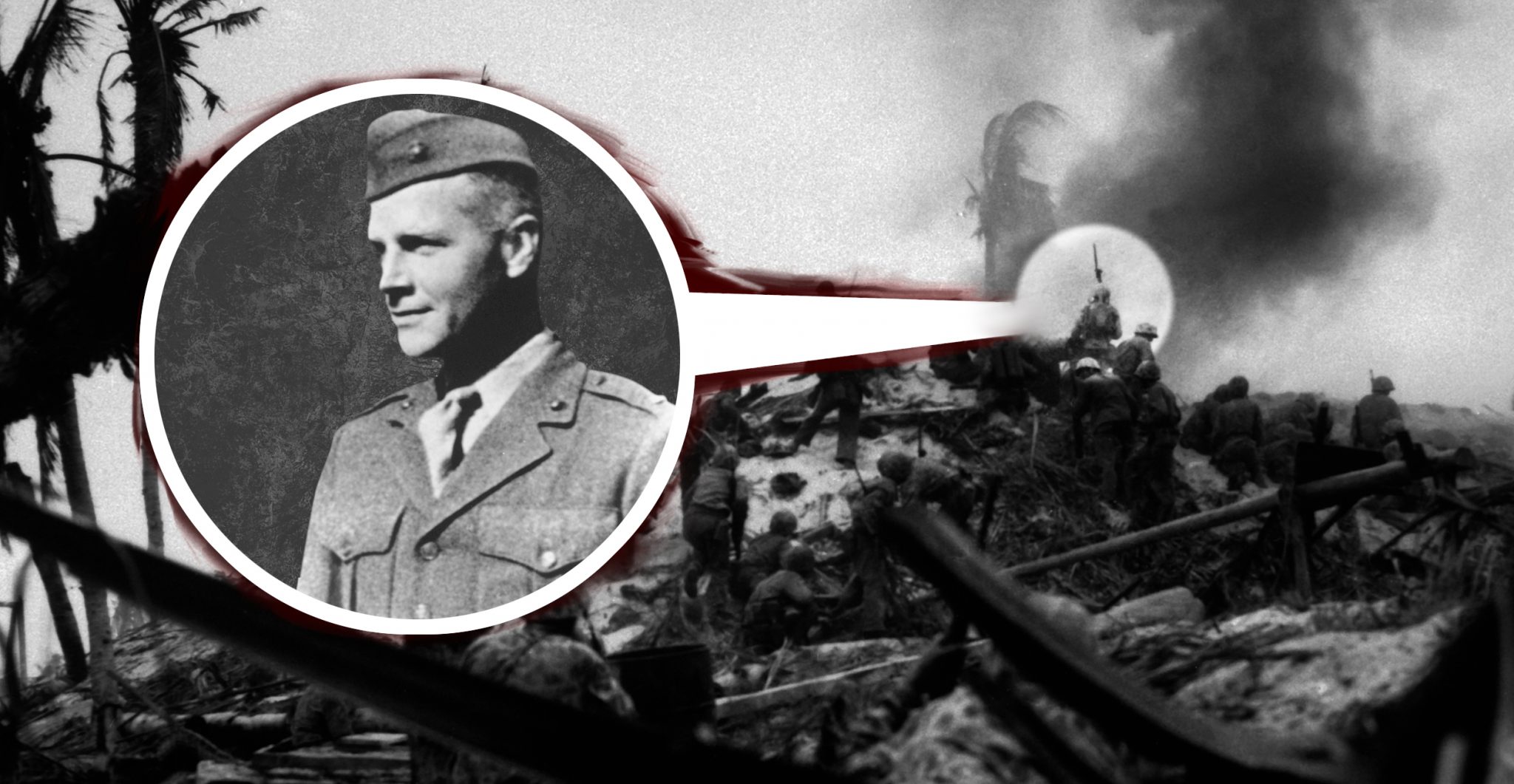Alexander Bonnyman was the son of a coal miner who became a highly decorated Marine officer in World War II. His many awards included the Medal of Honor for his valor at the Battle of Tarawa in the Pacific theater.
Bonnyman attended Princeton as an engineering student and football player but dropped out of school in 1932 to attend a civilian aviation program. His flying skills didn’t make the cut, but his character was rated as excellent. He then started up a mining company in New Mexico.
When the war began, Bonnyman was exempt from being drafted because he owned a company that supplied vital war materials, but he enlisted in the Marine Corps anyway.
After he graduated from the Marine Corps recruit depot in San Diego, he was sent to the Pacific and saw his first action at Guadalcanal in 1942. He served in a “pioneer unit,” the Marine Corps version of an Army combat engineer group.
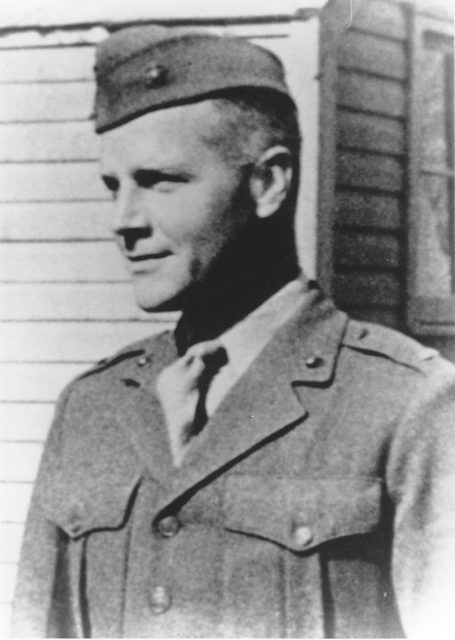
Shortly thereafter, he received a battlefield commission as a second lieutenant for his exceptional poise and leadership. He next saw action in November 1943 at the Battle of Tarawa.
This was the first major action of the United States in the Pacific theater centered on pivotal airfields. It was also the first time the Japanese fiercely contested the amphibious landings of U.S. troops.
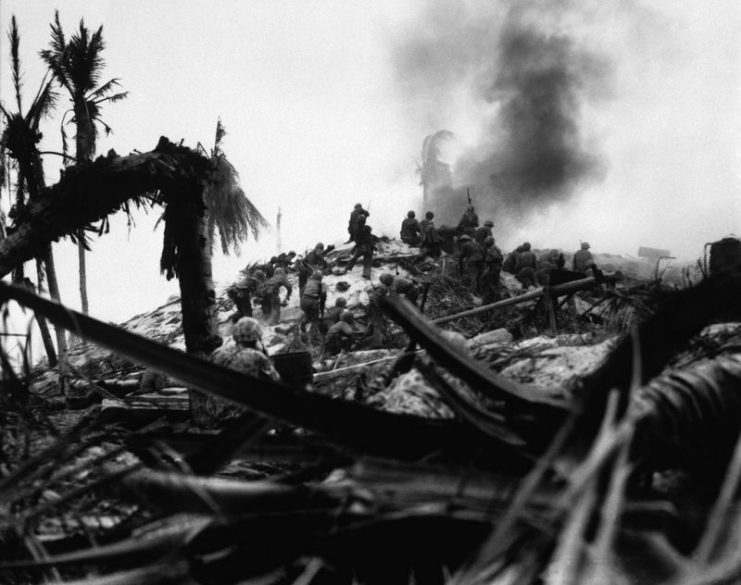
The casualties from the battle were similar to those from the Guadalcanal campaign, but they were suffered in a space of 72 hours, which shows the incredible intensity of the battle. Bonnyman was assigned to one of the shore parties tasked with removing obstacles and prepping the beach to land heavy equipment.
The unit he was with couldn’t even advance off the edge of a pier due to enemy fire, so Bonnyman organized a party of five Marines and engineers to go assault the Japanese defenses. He defied what his Medal of Honor citation called “blasting fury of the enemy bombardment” to lead his men over the open pier and the edge of the beach.
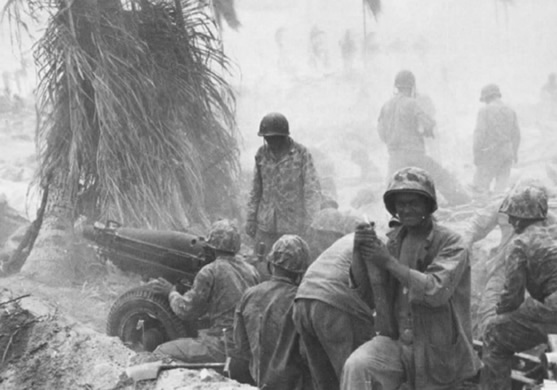
He led the way with a flamethrower, which was excellent at clearing enemy bunkers but was incredibly dangerous as well. Because the weapon involved a gas pack strapped to the operator’s back, not only did that tend to explode, but it was also a favorite target of the enemy.
But Bonnyman managed to clear the obstacles at the end of the pier unscathed so the rest of the unit could advance, although they still did so under heavy artillery fire. That was just the first day of the battle.
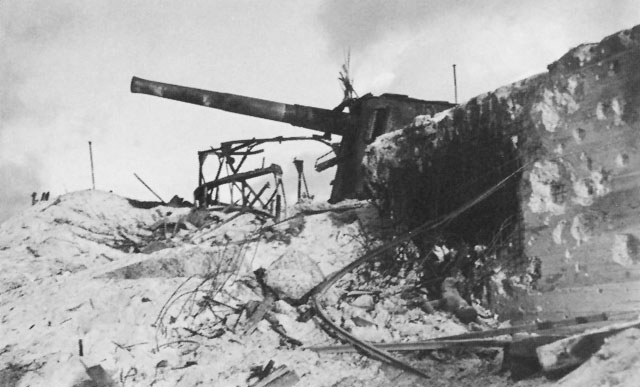
On the second day of the struggle his unit was still pinned down a short distance from the beach by a strong defensive line held by the Japanese. This included a super bunker that held over 150 Japanese soldiers.
It was fortified against bombs, and could withstand the American bombardment indefinitely while pouring small arms fire into the charging Marines. It also had multiple concealed entrances that made assaulting it difficult and going around it deadly.
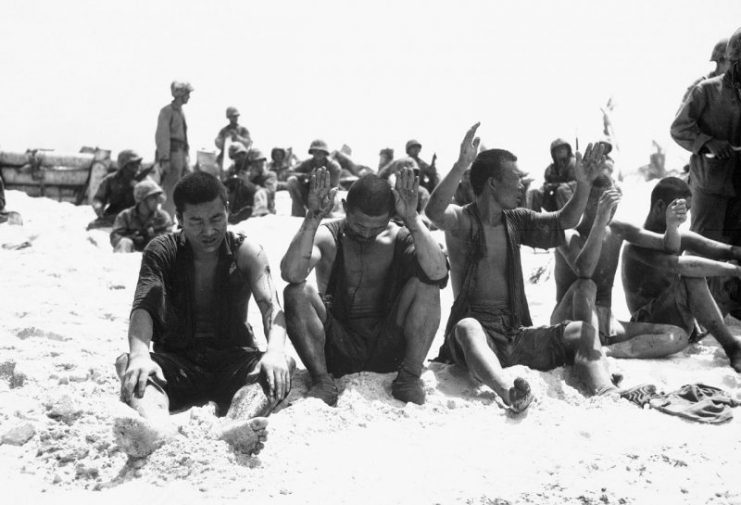
Again, Bonnyman showed exceptional initiative and poise as he organized a group of 21 men and then led them over 40 yards over open terrain. They killed the Japanese defending the entrance of the bunker, but the firefight was so intense, they had to withdraw to get more ammunition and grenades.
Again they charged the enemy position under heavy fire and gained the top of the structure against the merciless slash of heavy enemy fire. The threat of having grenades dropped on them or a stream of flame make the bunker a death trap flushed out the remaining Japanese soldiers.
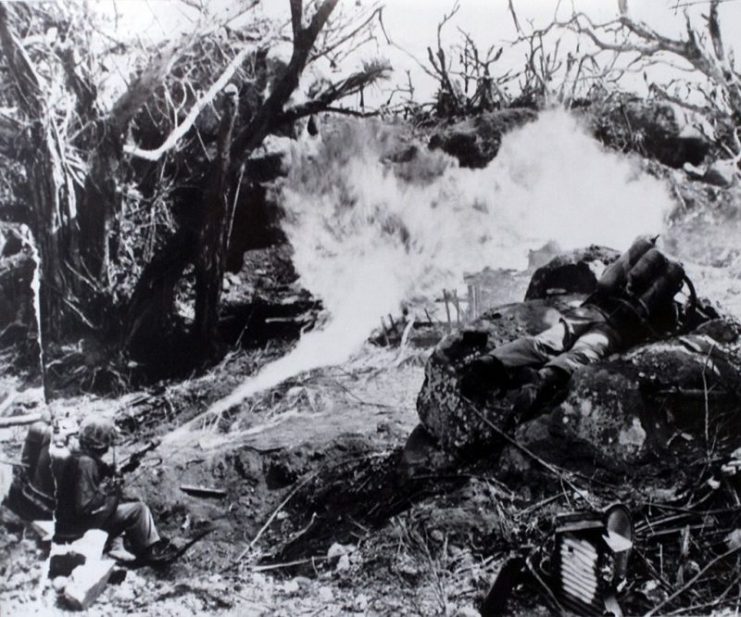
Bonnyman stood on the edge of the bunker, heroically defending his position with indomitable determination by pouring fire into the Japanese exiting the bunker.
The sustained fire fight spent thousands of rounds of ammunition and dozens of grenades as the Marines on top of the bunker, as well as those in the American lines 40 yards away, exchanged fire with the dozens of Japanese exiting the bunker. It lasted for almost 15 minutes.
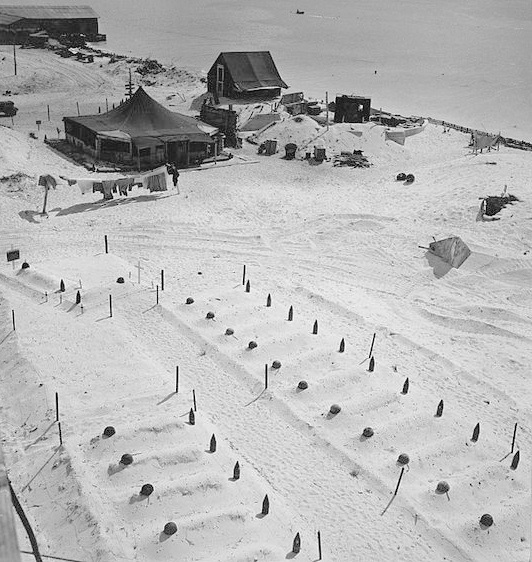
When this battle was over, Bonnyman and a third of his group had died. But their area was secured later that day, and the battle ended the next day. For his dauntless fighting spirit, unrelenting aggressiveness, and forceful leadership throughout three days of unremitting, violent battle, Bonnyman was posthumously decorated with the Medal of Honor.
In addition to the Medal of Honor, in his short career Bonnyman earned the Purple Heart, Presidential Unit Citation, Asiatic-Pacific Campaign Medal with three Bronze Stars, and the World War II Victory Medal. His daughter accepted the Medal of Honor on his behalf, and his examples continue to inspire today.
